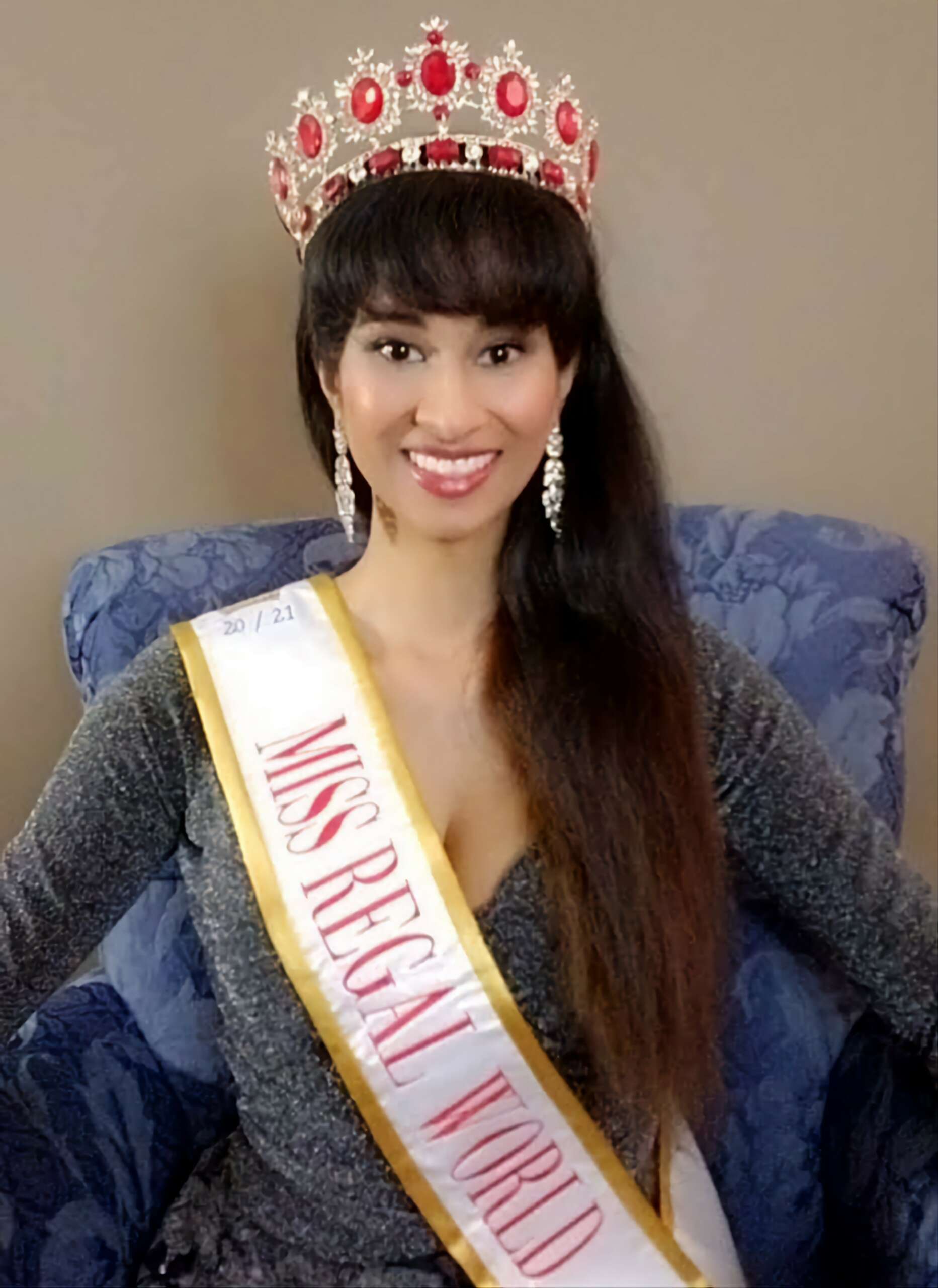We recently connected with Janice Moorgen MacGregor and have shared our conversation below.
Hi Janice, thanks for joining us today. Has your work ever been misunderstood or mischaracterized?
Being a model and a pageant queen comes with some stereotypes. Some people assume that I am shallow, vapid, or mean.
Having epilepsy is a whole other story! People offer well-intentioned, but inaccurate, advice on how to deal with seizures or epilepsy.
And being Guyanese-Canadian sometimes has me stereotyped with all of the misinformed ideas about South Asian women who grew up in South Asian households.
But I guarantee, stereotypes are never accurate [laughs]!



Janice, love having you share your insights with us. Before we ask you more questions, maybe you can take a moment to introduce yourself to our readers who might have missed our earlier conversations?
I knew that I wanted to be an actress when I was fourteen or 15. I was living in Saskatchewan, Canada and I watched the Backstreet Boys when they were live at MuchMusic in Toronto. They had people screaming and crying (in a good way) and for that hour, people were out of the real world and in an alternate reality where their real-life problems didn’t exist. I couldn’t sing, so I decided that I was going to use storytelling in the form of acting to do the same thing- to tell a story that goes beyond the boundaries of real life and takes people to a time and place where they could experience something new and different and that gives them a different perspective on life. Or something that entertains them and gives them some time to relax and just be.
I accidentally fell into modelling. When I was a teenager I had heard of Tyra, Naomi, Gisele, Cindy, and so forth, but I thought that models only walked on runways. I thought that the girls in magazines were drawings. In that way I’m fortunate- I never once compared myself to unrealistic, enhanced images because I thought they were drawn. When I was around 15, people started telling me that I should model, but I didn’t know what they meant. I later found out that there were more than just five models in the world [laughs]. But I didn’t start modelling until after I finished university. I’m now 39, and I’m still working toward my ultimate goal of being in the Sports Illustrated Swimsuit Issue. I would love to do a shoot in Guyana and show the world the beauty of the country! The ecosystem lends to amazing ecotourism and the waterfalls, rivers, and rainforests are perfect backdrops for a photo shoot!
Pageants came later in my life, at age 23. Pageants give me a platform for spreading awareness and advocating for civil rights, multiculturalism, and epilepsy awareness. I’ve held local, provincial, and national level titles in Canada. In 2020, I represented Guyana in Miss Regal World and was honored and privileged to win the pageant! At that time, winning an international pageant was the highlight of my pageant career. But a year after my reign as Miss Regal World 2020/21 ended, I achieved something that I had never even dared to dream of: I was bestowed the lifetime title of Legacy Regal World Queen. This is the thing in my pageant career that I am most proud of. I was granted this title for my kindness to others and dedication to my advocacy. I can’t think of anything else I’d rather be remembered for.


Can you share a story from your journey that illustrates your resilience?
One thing that I haven’t really touched on yet is my university career. I was diagnosed with epilepsy during my first year of university. I had a tonic-clonic seizure (formerly called a grand mal seizure) in the middle of the cafeteria. Even though I was 18, I wasn’t embarrassed to go to school the next day. I figured that it was out of my hands and I didn’t do anything wrong, so I had nothing to be ashamed or embarrassed about. Looking back now, I’m proud of my younger self for having this wisdom and for not caring about what others thought. I’m also proud that despite having epilepsy and while dealing with the side effects of a drug cocktail of anti-epileptic drugs, I still graduated with High Honours. All of my acting, modelling, and pageant accomplishments came while I was actively battling epilepsy and the side effects of medications. But just watch me- I’m like the Energizer Bunny, I “keep going and going!”
In your view, what can society to do to best support artists, creatives and a thriving creative ecosystem?
Society, everything from governments down to family units, need to respect the importance of the arts and art education. The arts should be an integral part of the education system. There are countless studies that show how music and theatre benefit memory, social skills, teamwork, attention span, collaboration, and cognitive abilities. Music and theatre are usually the first things cut from schools when there are budget cuts, but cutting the arts from the curriculum does not benefit students! These are not just “extras”. These are things that will have long-term benefits for students well into adulthood and their careers. They are as equally important as math and science. I’m saying this as a nerd who excelled in math and sciences while I was in school. Cognitive processing and communication are cornerstones of math and science, and they are aided by music and acting. Politicians, schools, and parents need to understand how this is all interconnected.
Contact Info:
- Website: www.janicemacgregor.com
- Instagram: https://instagram.com/legacyqueenjanice
- Facebook: https://www.facebook.com/TheJaniceMacGregor
- Linkedin: http://bit.ly/LinkedIn-Janice_MacGregor
- Other: Cameo: https://www.cameo.com/janicemacgregor Photography: https://instagram.com/ms.janice_macgregor IMDb: https://www.imdb.me/janice-macgregor
Image Credits
Getty Images/Hatnim Lee; Candid Miami; Bret Josephs , with the following exceptions: – the photo with the male interviewer is by Front Society – unmarked photos are by Janice MacGregor.


